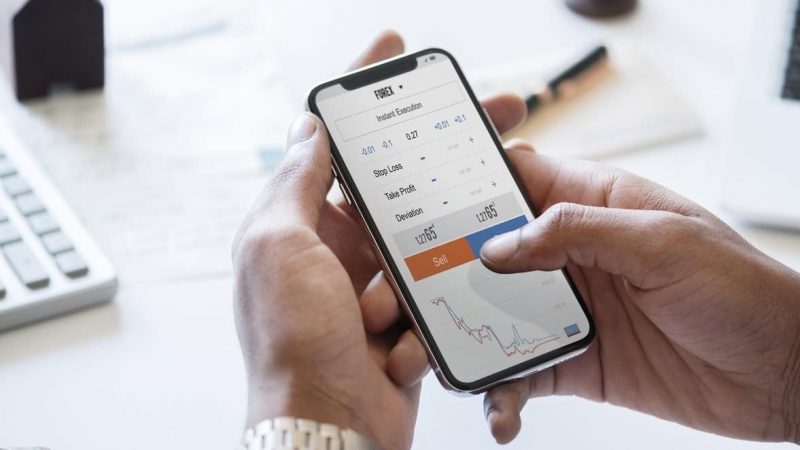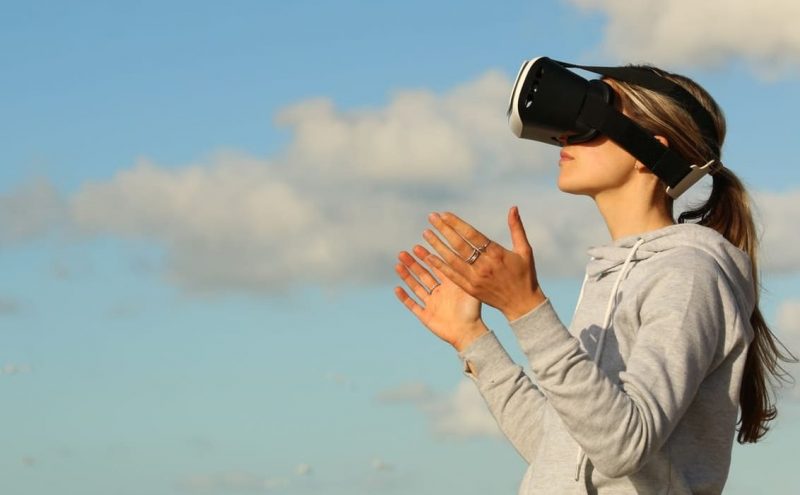The mixed peripherals or bidirectional are those electronic devices that operate as input and output of information, allowing data to be entered or extracted from the system, whether as a rigid support (physical, transportable) or not. For example: smartphones, touch screens, modems.
The denomination of peripherals This is because they are not part of the central processing unit (CPU) of the computer, but can be connected to it to communicate with the outside world (database operations). Input /Output). The mixed ones are those capable of making both routes, entry and exit.
Examples of mixed peripherals

- smartphones. Contemporary cell phones have full connection capacity with the computer, allowing the input and output of information, applications and data of all kinds, from and to both devices.
- multifunctional printers. Recent generation devices, designed to fulfill both functions independently: enter visual information into the computer (scan) and physically extract it on paper or other media (print).
- Touchscreens. It serves both the purpose of broadcasting visual information to the computer operator, just like conventional monitors, but it also allows input by touch.
- hard drives or hard (hard drive). Data storage units of all kinds, are at the service of the CPU both in the recovery of stored information, and in the protection of new information. They are usually inside the computer and are usually immobile.
- Floppy (Floppy Disks). The extinct floppy disks, both 5 ¼ and 3 ½, were devices that allowed the physical transport of small amounts of digital information, as well as feeding and extracting data from the computer.
- USB Flash Drives. The most recent evolution of portable I/O units are called flash drive because of its pencil shape and its extreme portability and versatility, since just by plugging them into a USB port they allow you to extract and enter information.
- headset. Known as such because they are worn on the head and are typical of telephone operators, microphone and headphone sets work as an output device (headphones) by receiving sound information and input (microphone) by allowing the same specific type of data to be entered.
- ZIP drives. Designed for the comfortable transfer of large volumes of compressed information, they operated in the same way as floppy disks, but from specific units for it, very popular in the world of graphic design.
- modems. Devices for remote data transmission, through telephone networks or of a different nature, allow receiving and sending information equally, from and to some secondary storage medium.
- Virtual Reality Helmets. Designed to recognize the movements of the user’s head (input) and synchronize them with the display (output) on screens arranged directly in front of their eyes, the result of these actions is a mixed device case widely used in specialized simulations.

- CD/DVD Reader-Recorders. Although most do not allow the incorporation of new data once it has been issued, these optical discs revolutionized input and output peripherals at the time, since special “burning” or recording units facilitated the rapid incorporation of computer data to the disks, turning them into a matrix from which to retrieve it numerous times.
- digital cameras. Since they allow photographic information to be downloaded to the computer’s secondary storage units (output) and at the same time capture real data of the same nature (input), they can be considered mixed peripherals.
- digital book readers. readers of book in various formats, they operate as mixed peripherals since they allow you to insert books in various digital formats (input) and read them on the touch screen or not (output).
- Mp3 players. Contemporary portable music devices (iPods, etc.) allow musical information to be input (input) from the computer and played back through headphones (output).
- USB port hubs. Adapters that allow this type of bidirectional ports to be multiplied, in turn serve as mixed peripherals by enhancing the volume of data input and output of other peripherals in turn.
- transmitters Bluetooth. Low-frequency radio transmission devices to communicate various peripherals or even entire computers, they are bidirectional and wireless but with a short range.
- Wi-Fi network cards. Similar to transmitters Bluetooth, They allow the input and output of digital information to and from the Internet, through the transmission of radio waves.
- Fax. A mixture of photocopier and modem, they revolutionized the world of telecommunications at the time, allowing the capture (input) and transmission (output) of document images, which are received on the other side of the telephone line.
- joysticks vibrant. Game bars, so popular in decades past, replicated the gaming feel of consoles on the PC, operating both as a data source (input) and as an output (output) of vibrating responses at key moments in the game.
- Smartglass. Powerful augmented reality lenses, which operate based on modifying the perceived reality by displaying information directly on the glass (output), while receiving verbal commands (input).
